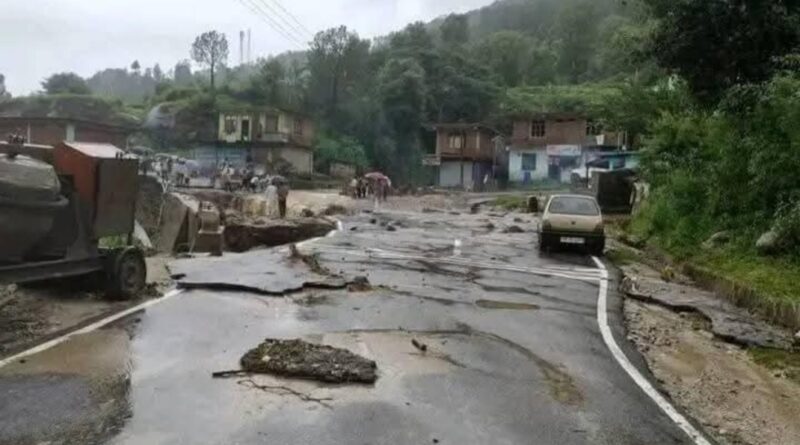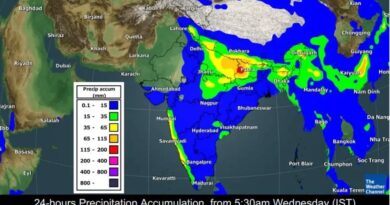Mountains are warning us. Why are we not listening?
Twenty-eight years ago, the mountains sent a terrible message. On a night in August 1997, a cloudburst near Chirgaon village in Himachal Pradesh unleashed a deadly flood that swept away over 200 lives, homes, and dreams. It was called a “natural disaster,” but the truth was far more painful: it was a tragedy shaped by human choices—by ignored warnings, ecological neglect, and a failure to plan.
Today, a generation later, the same story is repeating itself in Thunag, Semj, and Uttarkashi. The same grief, the same destroyed infrastructure, the same stunned communities. The chilling lesson is that we have refused to learn. The Himalayas are not silently collapsing; they are sending us clear, violent warnings with increasing frequency. And we keep looking away.
A Cycle of Destruction We Choose to Ignore
This is not a mystery. The fragile Himalayan ecosystem, stressed by deforestation, unregulated construction, and climate change, is responding predictably. Each new landslide and flash flood is not an isolated “act of God” but part of a larger, recurring pattern rooted in a profound failure of governance.
The fundamental question is: Why, after nearly three decades of evidence, do our policies remain unchanged?
The answer lies in a toxic preference for short-term profit over long-term safety. The region has been marketed for tourism and development, with political leaders treating ecological warnings as obstacles rather than essential guidance. Houses and hotels are built on floodplains scientists have already marked as dangerous. Highways are carved into unstable slopes, altering the land’s natural stability. Hydropower projects disrupt the flow of water, increasing the risk for everyone downstream.
The Illusion of “Development” and a Reactive Response
In this rush for development, the people who know the land best—the local communities—are silenced. Their voices are sidelined in hollow public hearings, and those who oppose destructive projects are branded “anti-development.”
When disaster inevitably strikes, the response is reactive. Governments are quick to send rescue teams and declare relief funds, which is necessary and commendable. But the most effective tool—prevention—is consistently underfunded and ignored. Funds for watershed management and forest regeneration lie unused. Early warning systems remain patchy, leaving families with no time to flee.
This creates a dangerous cycle: we enable the crisis, then heroically respond to it, while doing little to stop the next one.
The Path Forward: Courage to Change
The solution is not radical; it is rational. We have the data, the science, and the policy frameworks. What we lack is the political will and the courage to break the cycle.
- Listen to the Land: Enforce strict no-construction zones in high-risk areas like floodplains and steep slopes. Some places are not meant to be built on.
- Restore, Don’t Just Exploit: Make ecological restoration—reforestation, slope stabilization—a central pillar of policy, not an afterthought.
- Empower Communities: Disaster preparedness must be community-based, blending local knowledge with modern technology for early warnings that actually reach people.
- Redefine Development: We must finally recognize that any “development” that destroys the ecological foundation of safety is not development at all. It is destruction.
The mountains will always have cloudbursts and landslides. That is their nature. But they do not have to become catastrophes. That is our choice. The question is no longer if we can predict the next disaster, but whether we have the clarity to stop causing it. The warnings are clear. It’s time we finally listened.



